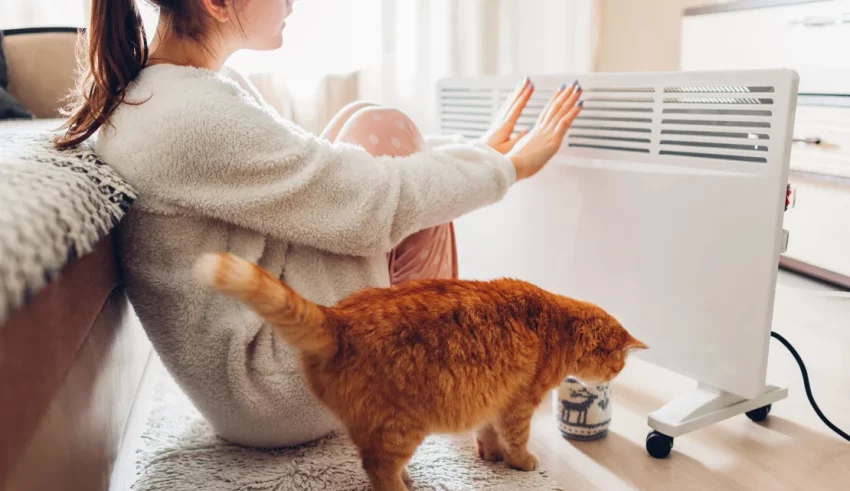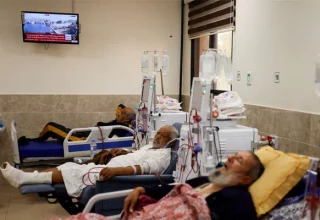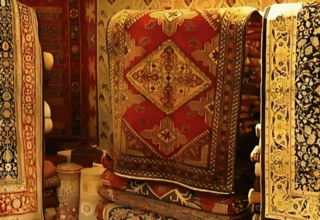As wintry weather whips across the United States, one challenge may be staying warm if you can’t afford or are cutting back on indoor heating.
Staying warm is necessary “for a variety of health reasons” in addition to comfort, said Dr. Georges Benjamin, the executive director of the American Public Health Association. For people with arthritis, stiffness “in your back and neck and sore joints do occur more in colder weather. … People who have metabolic conditions can be sensitive to the weather, like diabetes, for example, and heart disease. The more cold you are, the more stress you put on your heart.”
A little savvy based on our warm-blooded bodies, food, appliances, furniture, the outdoor elements and more can go a long way. Here are 25 ways to stay warm this winter — with or without indoor heating — that won’t break the bank.
How to warm your body
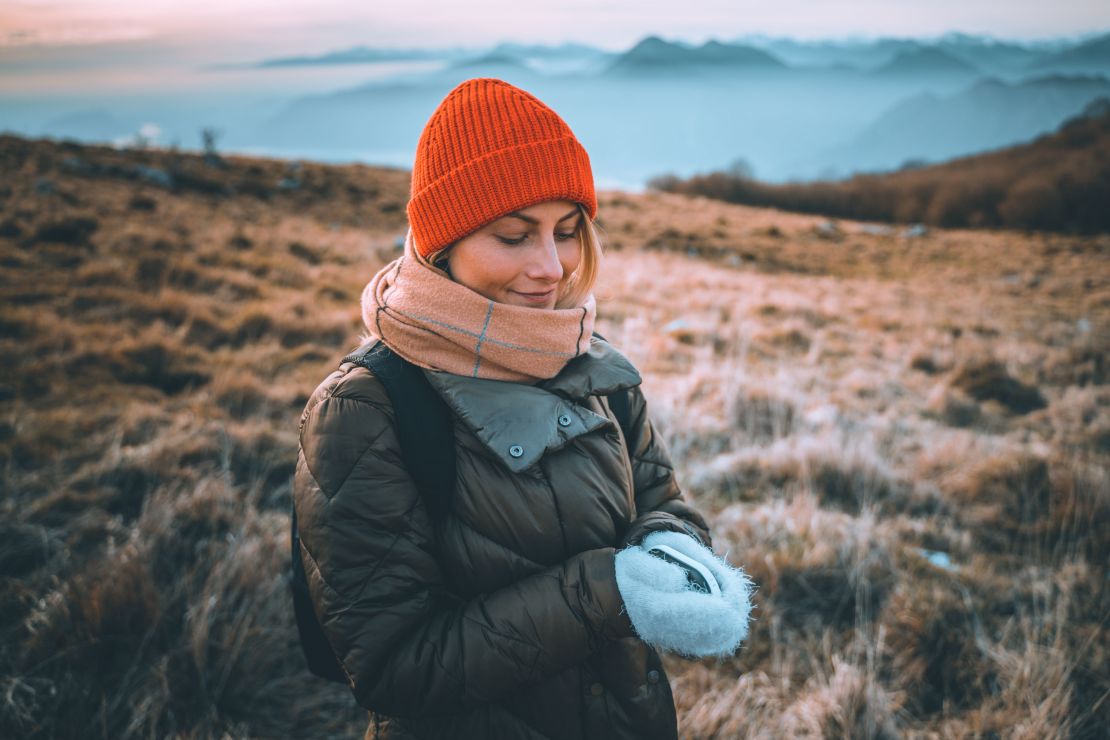
1. Warm up with store-bought hand warmers, microwavable heating pads, hot water bottles or heated blankets. Following the manufacturer’s instructions and concentrating on your torso are key, said JohnEric Smith, an associate professor in the department of kinesiology at Mississippi State University. “If you warm the core you can warm the hands and feet. It is harder to warm the core by warming the hands and feet.”
Be careful that you don’t burn yourself, Benjamin said. “They’re very effective on a knee or shoulder or the back of the neck. … You rarely put it directly on your skin. You usually wrap it in something, maybe a thin towel.”
2. Move your body. Physical activities like indoor exercise or dancing can help you warm up, but don’t get to the point where you’re sweating, Smith said. “We sweat to lose heat and sweating will make us colder.”
3. Think twice about taking a warm shower or bath. “While a warm bath or shower will feel good for the minute,” Smith said, “you will be cold after you get out and your wet skin is losing heat more quickly.”
4. Cuddle. Snuggles really can keep you warm. “Each of us produces heat through our metabolic processes. We lose our heat to the environment as we maintain body temperature,” Smith said via email. “Increasing skin contact decreases opportunities for the heat to be lost to the environment around us. If two people are under a blanket both of their heat losses combined can increase the temperature under the blanket more quickly than either could do independently.”
5. Change how you perceive cold. Some people have trained their minds to perceive cold as an objective, acceptable sensation rather than something dreadful to control. The best ways to adapt include wearing clothing in layers then removing it, or gradually lowering the thermostat and putting on a sweater, Benjamin said.
Warmth that’s comforting
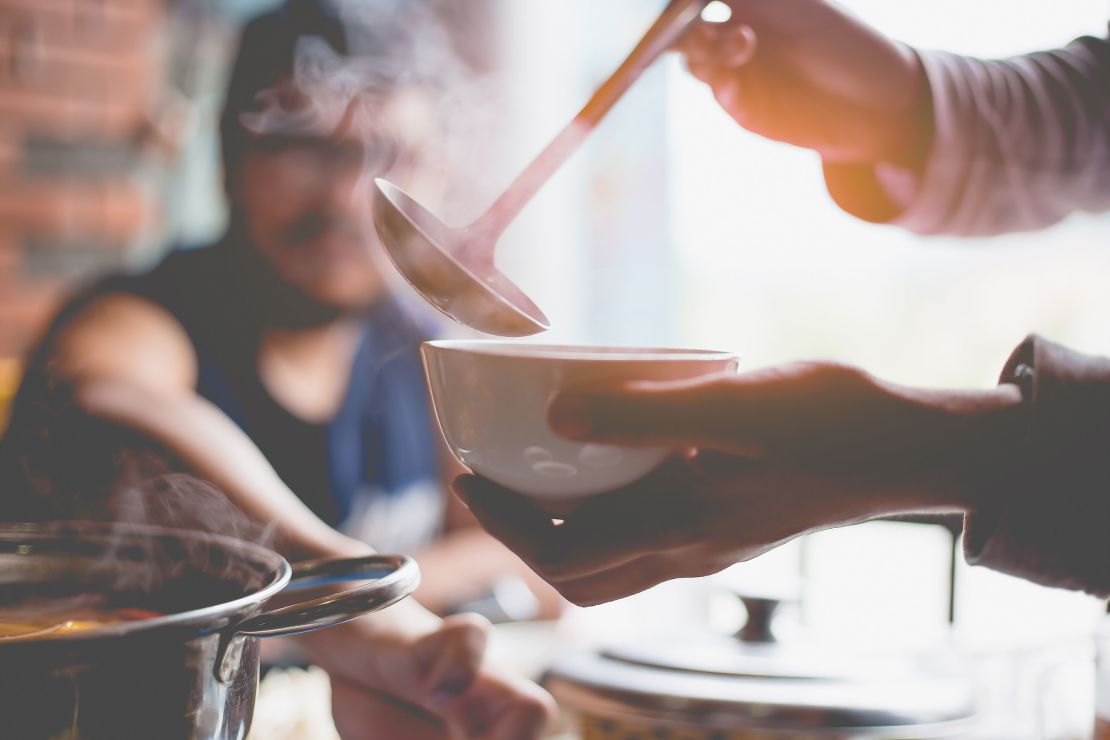
6. Enjoy warm beverages and foods, and use the oven and stove to cook them. Since foods higher in fat and protein are metabolized slowly by the body, those could make you feel warmer, Smith said. “Consider hearty soups with beans and meat.” Slow cooking meals can help generate heat throughout the day.
Drinking warm beverages “certainly helps take the chill off,” Benjamin said. Leaving the oven or stove on is “a bad idea because it burns fuel,” Benjamin said, “but more importantly, people fall asleep, they forget and leave the stove on. Sometimes things on the stove can catch on fire. So like any tool, you should use it for the purpose in which it was designed.”
“It only has to go poorly once to be life changing,” Smith said. If you don’t have children or pets, when you’re done cooking and you turn off the oven, what doesn’t hurt is leaving the oven door open to let residual heat escape.
How to dress for the cold
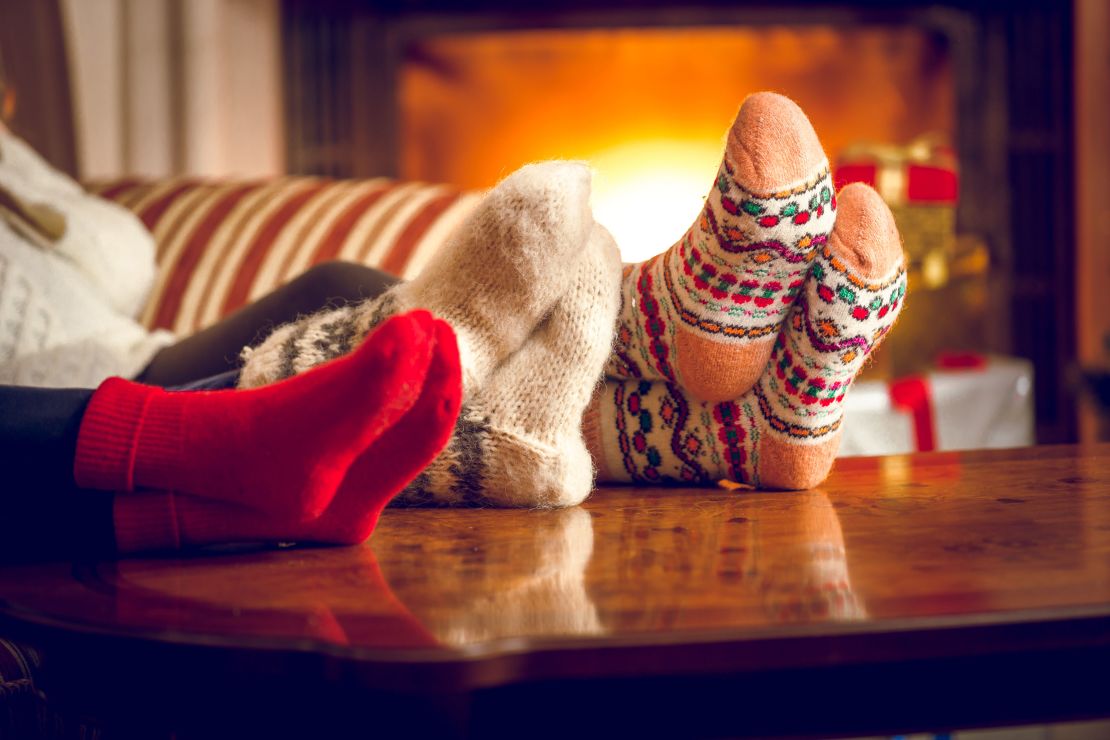
7. Layer on the clothes. “Layering is critical,” Smith said. “Even thin layers added together to increase one’s ability to retain heat … focus on keeping the torso warm. Often an extra shirt or vest can warm your hands and feet more than an extra pair of socks or gloves.” Inexpensive pairs of tights or long johns can be worn underneath clothes. However, be sure that layering doesn’t make your clothing tight, he added, since that could reduce blood flow and thus your body’s ability to get warm blood to those areas. Wearing a hat, too, can also keep the heat in.
8. Wear thick socks and slippers. Fuzzy socks, slippers or a pair of shoes you reserve for wearing around the house can add extra comfort.
9. Pile on the blankets. “The more layers you put on, the better it helps trap the air between you,” your sheets and your blankets, Benjamin said. Since you lose a lot of heat from your head while you’re under blankets, he added, wearing a skull cap can help also.


